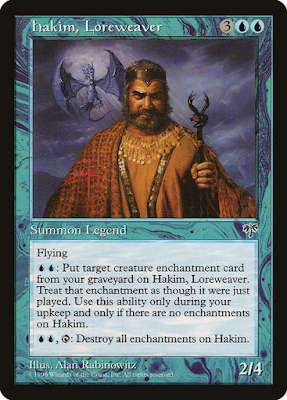Well, here we are—about to take a look at the second division of Kant's Critique of the Power of Judgement, the Critique of Teleological Judgement. When I say "let's take a look at," I mean "let me reread, take notes, and summarize it for myself because a Kant critique makes Ulysses seem like light reading." After this there will be one more Kantpost where I'll try and figure out whether the third critique really contains kernels of valuable wisdom, of if the heautonomy of the faculty of judgement is really the friends we make along the way.
Let's begin with a few excerpts of some things Kant says in this section that must strike the twenty-first century reader as embarrassingly outmoded. Might as well it out of the way now.
Nothing in it [an organism] is vain, purposeless, or to be ascribed to a blind mechanism of nature.
My tailbone and appendix say otherwise, chum. I'd include my wisdom teeth, but I had them pulled out of my head because they'd have deformed the rest of my teeth if they'd been left in. Lost track of 'em afterwards. Pretty sure they're blocking me on the Face Book.
It is well known that the anatomists of of plants and animals, in order to investigate their structure and to understand for what reason and to what end they have been given such a disposition and combination of parts and precisely this internal form, assume as indispensably necessary the maxim that nothing in such a creature is in vain, and likewise adopt it as the fundamental principle of the general doctrine of nature that nothing happens by chance.
The processes of natural selection and evolution are catalyzed precisely "by chance." The hatching of a bird with a somewhat unusually shaped beak that turns out to be better suited to the selective pressures of its environment than its nestmates' occurs precisely by chance. Chemistry, whose laws govern the behavior of nucleotides, is a science of probabilities.
[I]t is quite certain that we can never adequately come to know the organized beings [organisms] and their internal possibility in accordance with merely mechanical principles of nature, let alone explain them; and indeed this is so certain that we can boldly say that it would be absurd...to hope there may yet arise a Newton who could make comprehensible even the generation of a blade of grass that no intention has ordered...
You mean to tell me the smartest boy in Königsberg didn't foresee genome sequencing? Well then, how smart could he have really been? Dummkopf!
Strictly speaking, the organization of nature is...not analogous with any causality that we know.
ever hear of mitosis lolol chromatids from the window to da wall lol
But if one leaves this aside and looks only to the use that other natural beings make of [grass], then one abandons the contemplation of its internal organization and looks only at its external purposive relations, where the grass is necessary to the livestock, just as the latter is necessary to the human being as the means for his existence; yet one does not see why it is necessary that human beings exist (a question which, if one thinks about the New Hollanders or the Fuegians, might not be so easy to answer)....
Immanuel, you racist prick.
There. Now that we can set all that aside...


























